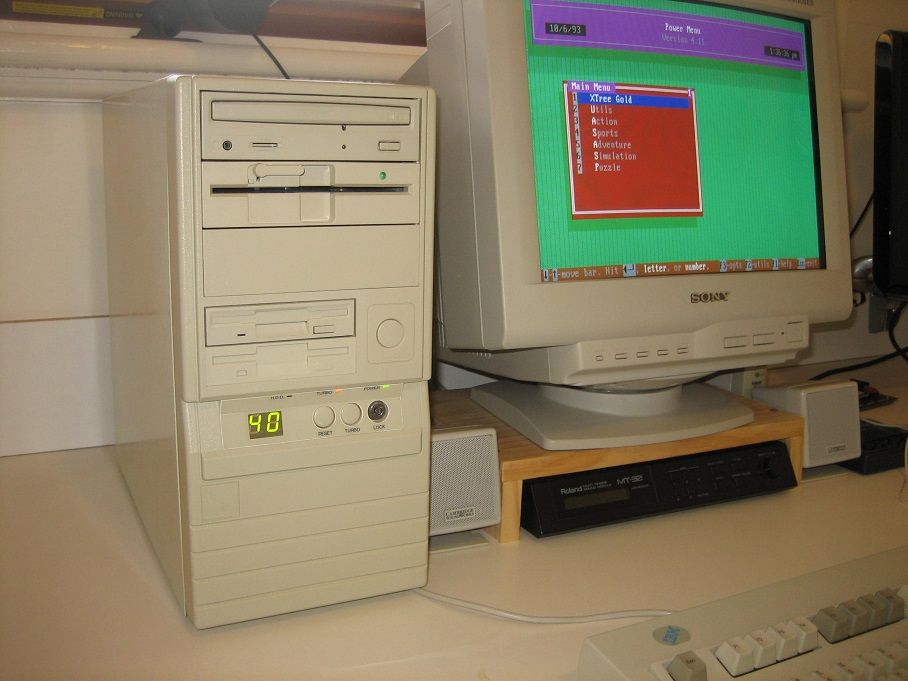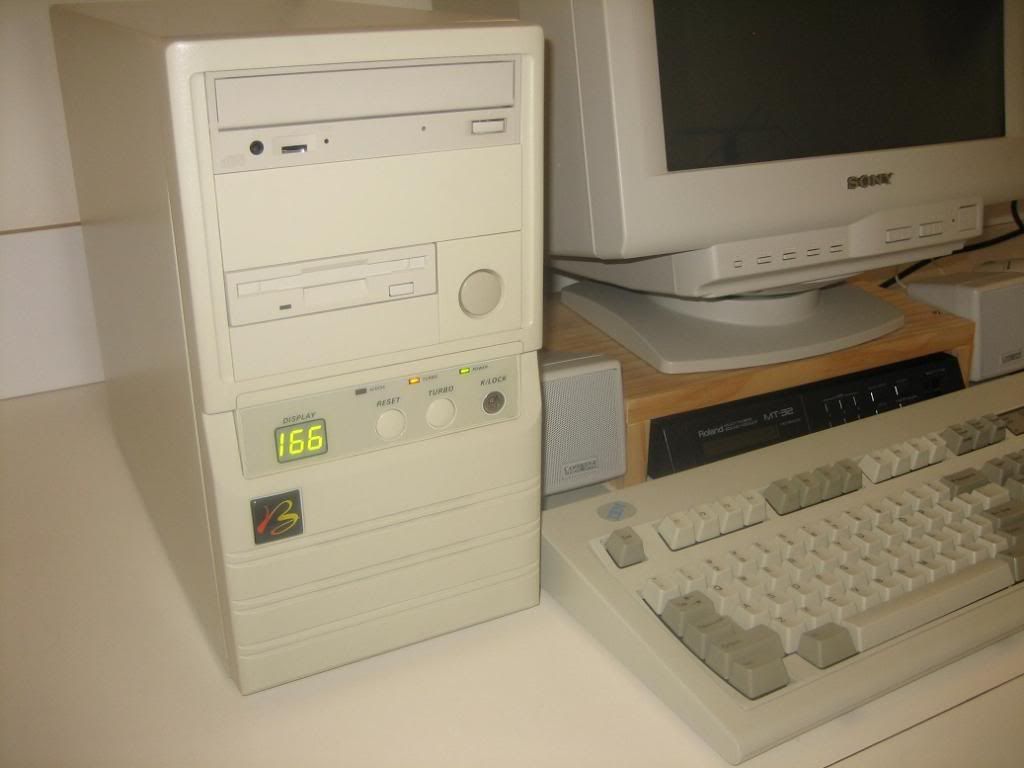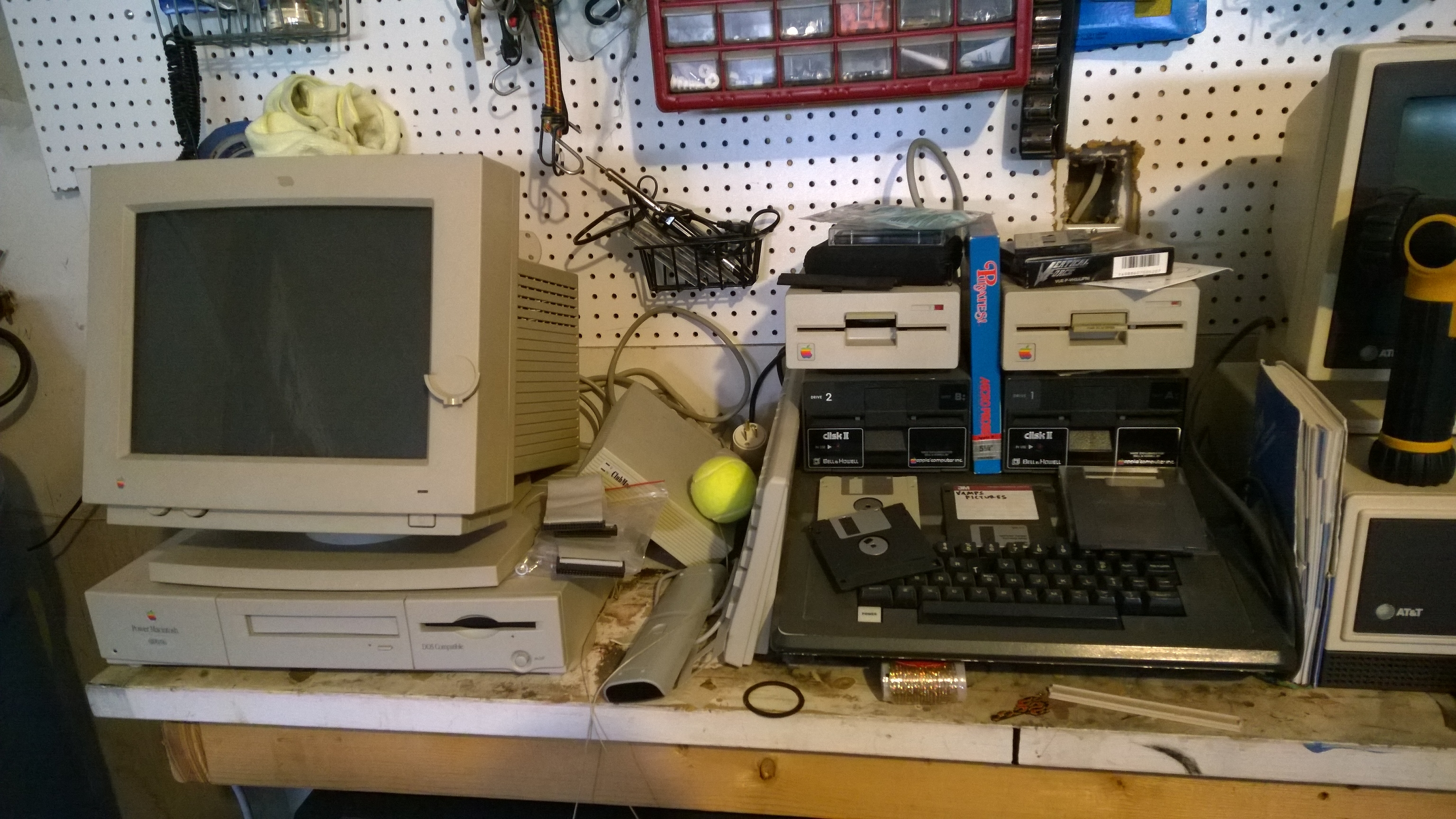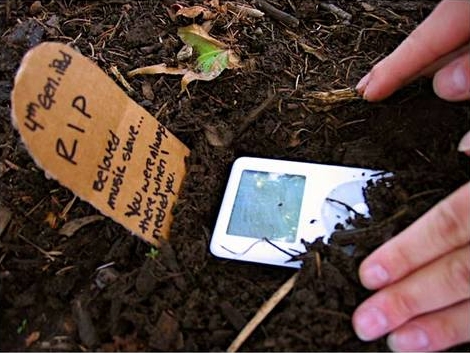Tag Archives: Steve Jobs
Jony Ive leaves Apple

As someone who teaches extensively about design as it intersects with technology, and is also a computer and technology historian, I am conflicted about Jonathan (Jony) Ive leaving Apple. Mainly because he’s not really leaving, however any sense of him doing so makes me think Apple will continue to move away from the designs for which it is so noted.
While he will no longer be part of Apple, he has decided to start his own design firm and will continue to contribute to and work with Apple. This seems like a very smart move, especially considering he was the creative force behind such behemoths as the Ipad, original and subsequent IMacs, everything in the IPod / IPhone line, Apple watch, and who could forget one of his first big projects, the TAM, or Twentieth Anniversary Macintosh, priced at an insane $7500 in 1997, but having many luxury amenities such as a leather wristwrest and no two being the same (none had the same startup chime or color, for example).
Not all of his ideas were a success; while the TAM was his first big contribution to Apple design, he had also worked on the Newton, which by the time he got involved was already flailing and clearly on its way out. In fact, it’s one of the first things killed off when Steve Jobs returned to save Apple. It was at the time of that return that Jobs asked Ive to stay on as a designer and help get Apple, who was in financial distress at the time, back on its feet. It’s well known that Jobs and Ive were aligned in terms of what design is and what it should be, and with the two of them working together the result is a company that is now one of, and often the, most highly valued companies not just in the world, but of all time.
In a bittersweet way, Ive’s leaving Apple signals the end of Steve Jobs’ influence in the company he helped found, which may be one of the reasons Ive has decided to now forge his own path. When Jobs returned to help the floundering company, and asked Ive to help him, a powerhouse was formed. With Jobs gone and Ive leaving, it is now the company that it is, and I fear for its future as it moves away from the design principles that made it what it is and into more services that may dilute its brand.
I have a deep and profound admiration of Apple, even as they seemed to have recently lost their way: A focus on subscription services and less of a focus on hardware and design, but they were the company that made computing and technology popular and sort-of accessible back in the day. Believe it or not, Apple, especially with their IIe line, was the computer to have for gaming and productivity, and you can still experience that through multiple online emulators such as VirtualApple.org, AppleIIjs, or using the AppleWin emulator and the massive disk image collection at the Asimov archive or Internet Archive.
They were instrumental in bringing design to what was other fairly mundane technological designs. Indeed, PCs of the day were commonly referred to as ‘beige boxes,’ because that’s just what they were. Have a look (images sourced from the vogons.org message board about showing off your old PCs, and has many other great pictures).
Side note: Surprisingly, although I consider myself design focused, I don’t hate these. Probably because of nostalgia and the many fond memories I have of the days of manually setting IRQs and needing to display your current processor speed, but nostalgia powers many things.
Side note number two: I actually went to the same high school as both Steve Jobs and Steve Wozniak; Homestead High in Cupertino.
So farewell to Jony and hopefully you give us many more outstanding designs in the future, farewell to the Jobs era of Apple as the company struggles creatively without him, and I am keeping hope alive that form and function in design will continue to reign.
The new trailer for “Steve Jobs” is here.
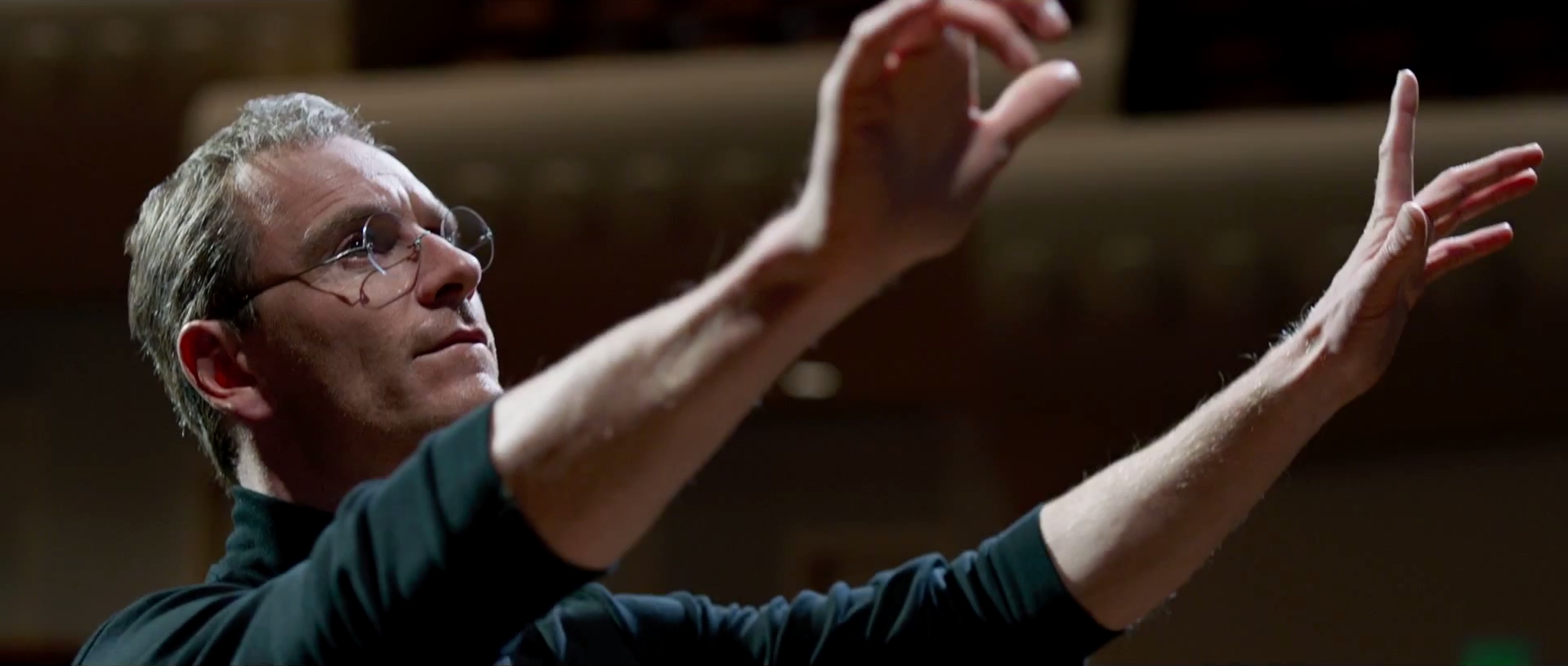
There is yet another movie being released that is purported to tell the story of industry luminary Steve Jobs. Aptly titled “Steve Jobs,” it seems to tell the story we all know and love: He was a driven dreamer, with perhaps less-than-stellar people skills, who luckily had some help along the way to forming one of the most important technology companies ever.
There have been other movies made about him. There was “Pirates of Silicon Valley” which I enjoyed greatly, although it was more about Steve Jobs *and* Bill Gates. of course, Bill Gates was never part of Silicon Valley, but you get the idea. This movie is probably the best one out there, and is highly regarded, but there was also the 2013 release “Jobs.” This movie was not well-received, however I thought it was very good. Never mind that Ashton Kutcher is a dead-ringer for 70s-era Steve Jobs, and although I’m no connoisseur I felt his acting was fine, but the story, at least the parts it told, were accurate and it showed the rise and leveling-out of both Steve jobs and the company he helped found.
Jobs v. Gates: Go!
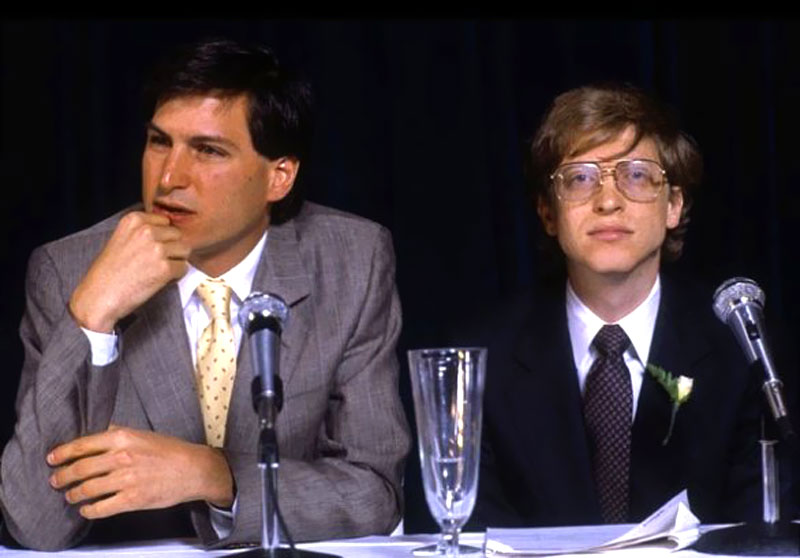
As a (virtual) card-carrying member of the Computer History Museum, I love anything that involves the history of technology or computing. Imagine my glee when I discovered the National geographic Channel has created a mini-series called “American Genius,” which focuses on famous rivalries throughout history. It also has a fantastic webpage you should really click over.
There are more than you might think: The series includes such rivalries as firearms manufacturers Colt and Wesson and publishers Hearst and Pulitzer. But the one I am most interested in is the one between computer luminaries Bill Gates and Steve Jobs.
Trumph of the Nerds
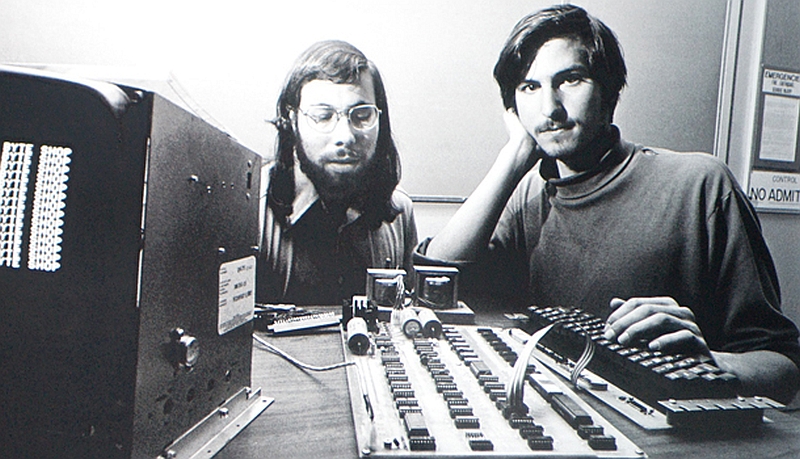
You may remember my mentioning in class that I was considering having movie screenings for tech-related movies that also happened to be good movies. That would include titles such as TRON (the original, not that G-d-awful remake), WarGames, Hackers, Her, Minority Report, and a couple of Simpsons and Futurama episodes for starters. If you’re wondering, I’m working with the legal standing that it all falls under the ill-defined idea of fair use since it’s being shown, ostensibly, for educational purposes.
I was going to do all that using a site called cytu.be, however I am still wrestling with it. Therefore, I thought in the meantime, and since we have a couple of weeks before we will be gathering again in class, I would present to you a documentary about the history of the personal computer and the industry that grew up around it, called Triumph of the Nerds.
It’s not the greatest name, I know. It’s even derogatory in parts, although some of the characters live up to the title. And Robert Cringely who wrote and narrates the whole thing certainly means no harm. In fact, Bob Cringely is the well known (and fake) name of long-time technology writer Mark Stephens, but the Bob Cringely name has actually been owned by many people and in fact two people are using it as pseudonyms right now!
Talk about an Apple premium!

Way, WAY back in the day I had an Apple IIe, and I loved it. So much so that I still have it, as well as a few other vintage Apples including a Power Mac, a Mac Classic, IIc, and the very rare Bell & Howell black Apple IIe. Here’s a picture of the Power Mac and the Bell & Howell in my garage, along with some additional Apple floppy drives and an old AT&T PC just visible on the right for good measure.
But I always wanted to get my hands on one of the original motherboards designed by Steve Wozniak in the Cupertino garage at the home of Steve Jobs’ parents, which, by the way, is right down the street from where I (and they) went to high school, and just up the street from where I grew up.
Apple’s New Headquarters
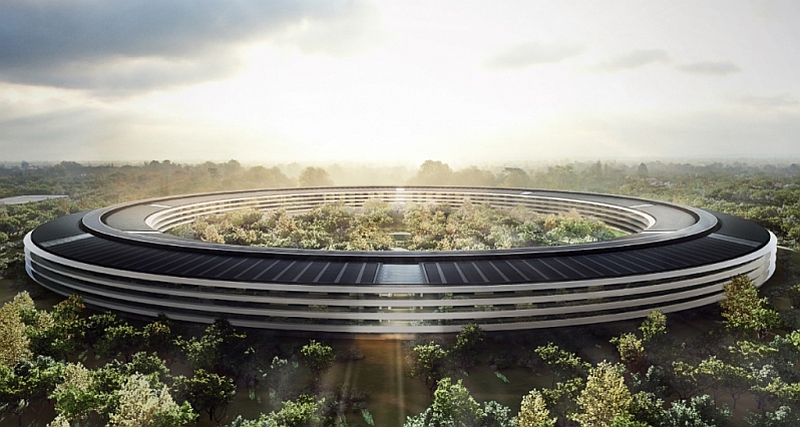
See that building? That’s a render of the not-yet-built Apple Computer headquarters in Cupertino, California. I think that is a great design, one very representative of what Apple has always tried to do, and that’s merge design and technology.
I’m also partial to it because it’s only about two miles from the house where I grew up – I’ve driven by that corner countless times. The field it’s in used to have this big, old dead tree that my dad thought was the greatest thing he’d ever seen, and even pulled over once so he could get a picture of me standing in front of it, and that was only a few years ago. Now, it’s going to be the site of that great building. Apple headquarters has always been in Cupertino; As a kid I rode my bike, and later drove when I was still sort-of a teenager, past the Apple campus more times than I could ever count, and I even attended Homestead High, the very same school that both Steve Jobs and Steve Wozniak attended. I grew up in an Apple town.
And that’s why I’m so glad to see this building coming into reality (someone even flew a drone over the construction). As you might expect, a building like that could only have been born from the mind of Steve Jobs, and he appeared personally before the planning committee, who were clearly honored by his presence, to appeal for the permission to build. You can see it below.
Now, Tim Cook, the current head of Apple, has stated that it will be the greenest building on the planet. I’d imagine it would be, considering it’s design and the technology being incorporated into it. Surprisingly enough, there haven’t been a lot of renders or mockups of it, but the CNN video below has some good detail, and it’s worth a look. It might be the first building I’ve ever seen that actually looks like one you’d see in a movie about what a future-y future might look like (a good future, not an Omega Man or Mad Max or Idiocracy future).
It’s still a couple of years before it will be completed, but it would be a nice legacy if this building inspired others to follow suit in design, just like some of their technology did.
So here’s what apple talked about
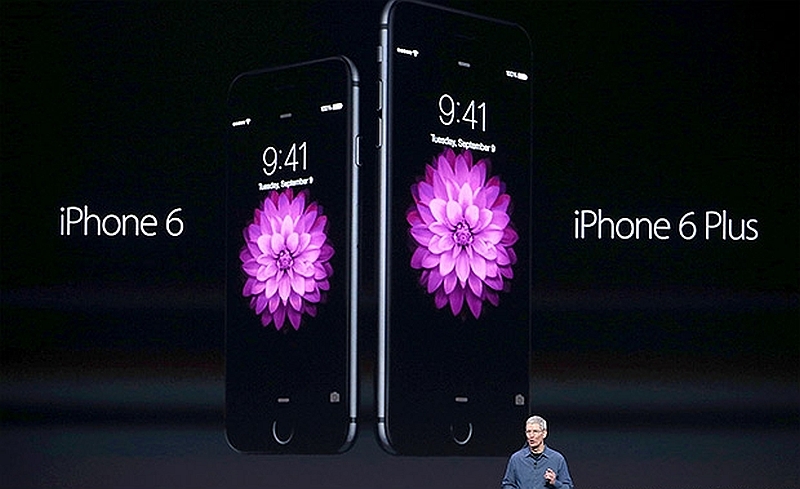
You may or may not know this already, but at their big reveal Apple on the 9th Apple announced Apple Pay, the new iWatch with its new dev kit and it’s health-monitoring abilities (the even teamed up with the Mayo Clinic!), iOS8, and of course revealed the iPhone 6 in two sizes, with an amazing screen, and camera, and running on the new A8 CPU. Also, iUh-Oh (actually, this always happens).
It was a lot, actually, and a lot of exciting announcements. There are many places you can read about all of those, and to avoid one of my overly-lengthy posts I have provided some links as you can see. However it is in the glow of all these wonderful reveals that I think it’s important to remember the ones who came before, and mourn a death in the Apple family.
I’m not referring to Steve Jobs, although his loss was tragic and far too soon. There will never be another like him, and without him Apple would never have achieved what it has achieved; this industry needed him. He was a master of design and reading the marketplace, his passing was an insurmountable loss, and just like with Elvis, I remember where I was and what I was doing when I heard the news.
In this case, however, I want to mourn a different Apple-related loss; the death of the original iPod. Today, with the revamp of the Apple store, the original, hard-disk and rotational input-wheel is no longer supported or offered by Apple. How interesting that it was that very patent on the business card I showed in class, and on which I have based a post that will be going up on Thursday.
It’s ok, really, since we’re light-years beyond that technology anyway. But as a historian of the industry it’s always sad when something – especially something so influential – reaches the end of its life. To quote Indian Jones, “it belongs in a museum!“


